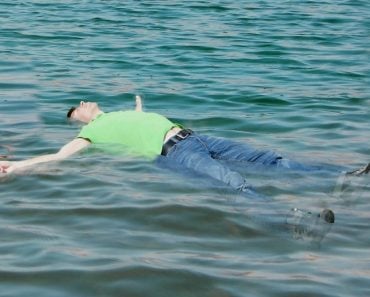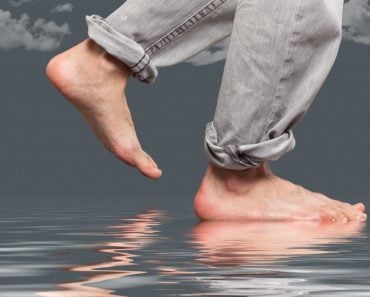Table of Contents (click to expand)
It’s painful to belly flop into a pool because a large surface area of your body is hitting the surface of the water.
Have you ever tried to belly flop into a pool? If the answer is yes, then you know that it can be quite painful.
The water can feel entirely unforgiving if you leap into it horizontally with your arms and legs stretched out. In fact, it feels almost solid, like concrete, but why does that happen? How does the way we orient our body make such a difference when landing in water?
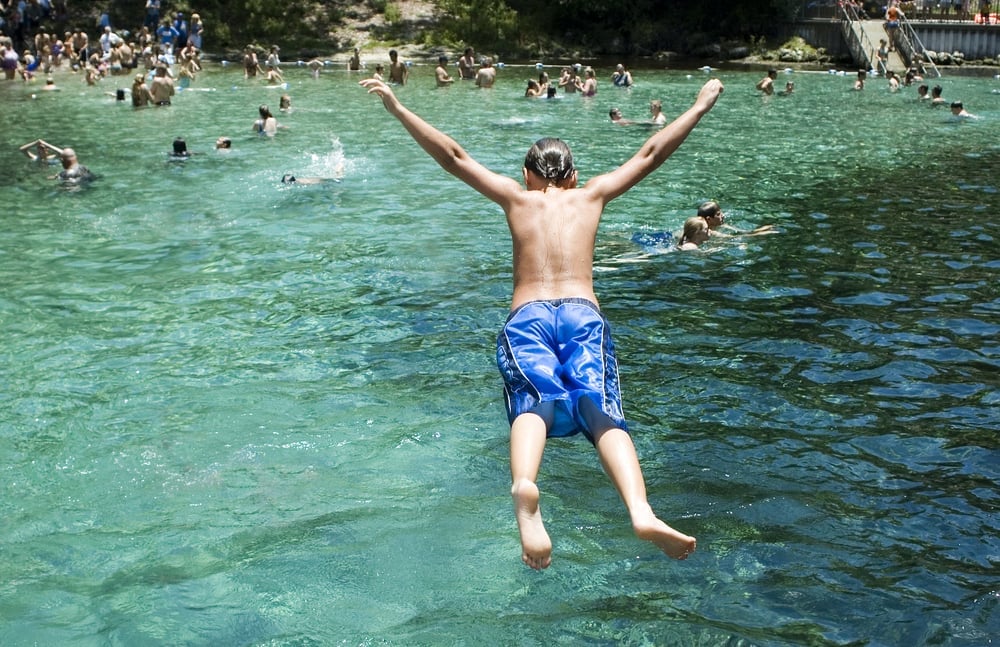
Recommended Video for you:
Dangerous Diving
Landing in water is not as harmless as it may sound, whether you are jumping into your community swimming pool, professionally diving, or falling out of an airplane. Olympic divers reportedly suffer a wide array of injuries from repeatedly hitting the water at less than optimal angles.
Darren Taylor, aka “Professor Splash,” a professional show diver, holds the Guinness World Record for highest shallow water dive. For the reality show “Go Big,” he did a belly flop from a height of over 26 feet into a kiddie pool with 10 inches of water.
Setting the pool on fire is just for theatrics, the real danger is the ordinary act of diving. Even with a deeper pool, a belly flop from that high would be very dangerous for an amateur. Even Professor Splash has reportedly suffered concussions and internal injuries over the course of his belly-flopping career.
There are a lot of factors that could contribute to whether or not you will get injured by a fall into water, height being the primary one.
Your orientation also determines how harmful or harmless a fall into water could be. There’s a good reason why a swan dive is the most likely pose to adopt when diving into any deep pool. Your whole body pointed like an arrow is the most optimal way to enter a body of water.
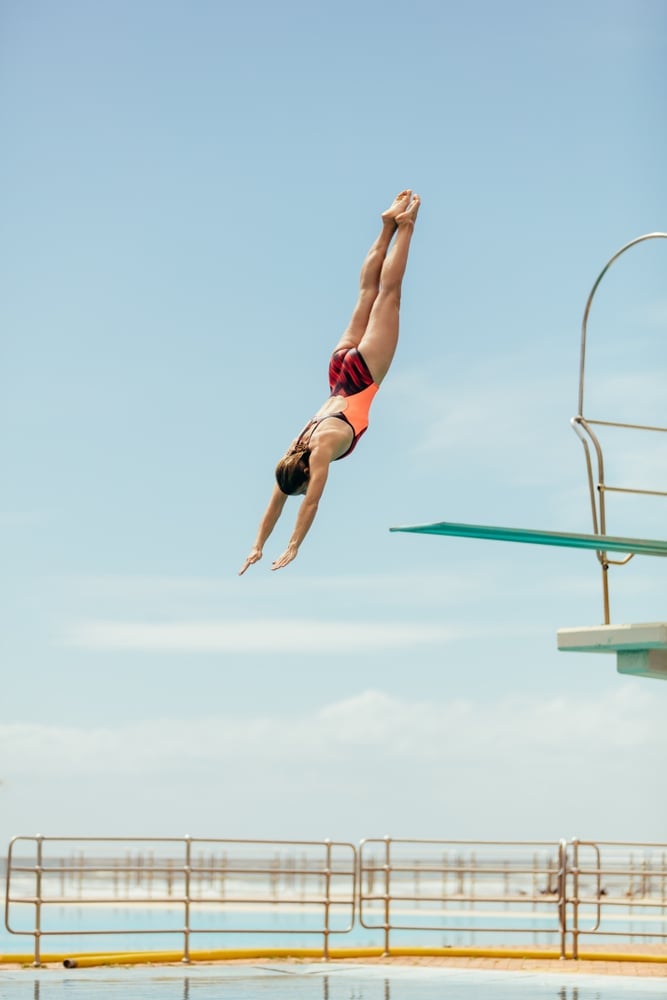
A belly flop is when you stretch out your arms and legs and land face first or belly first. Even when launching into a pool from a run-of-the-mill diving board, a bad belly flop can leave a bruise. In the worst cases, it has been known to cause internal injuries.
Why Do Belly Flops Hurt?
When you step into a pool, the water feels accommodating, and the entry feels effortless. When you fall into a pool, the water feels different, more solid. This feeling intensifies, depending on the height from which you fall and the orientation of your body.
Displacing Water
When you fall and hit solid ground, you can clearly feel the reactionary force on your body. It breaks bones quite easily. However, water is more dynamic and moves out of the way when you enter.
The water exerts a force on your body when you displace it. This force depends on the height of your fall, your weight, and the area of contact. When you walk into water, the water is slowly displaced to make room for you, so the force that the water exerts back on you is pretty small.
When you jump into water, however, the water has to move out of the way a lot quicker. If you jump from really high, your velocity will be greater and you will receive a more forceful pushback.
In a proper dive, your body decelerates at a slower rate, meaning that the force exerted by the water on your body is less. But for a belly flop, your entire body hits the water in a very small amount of time.
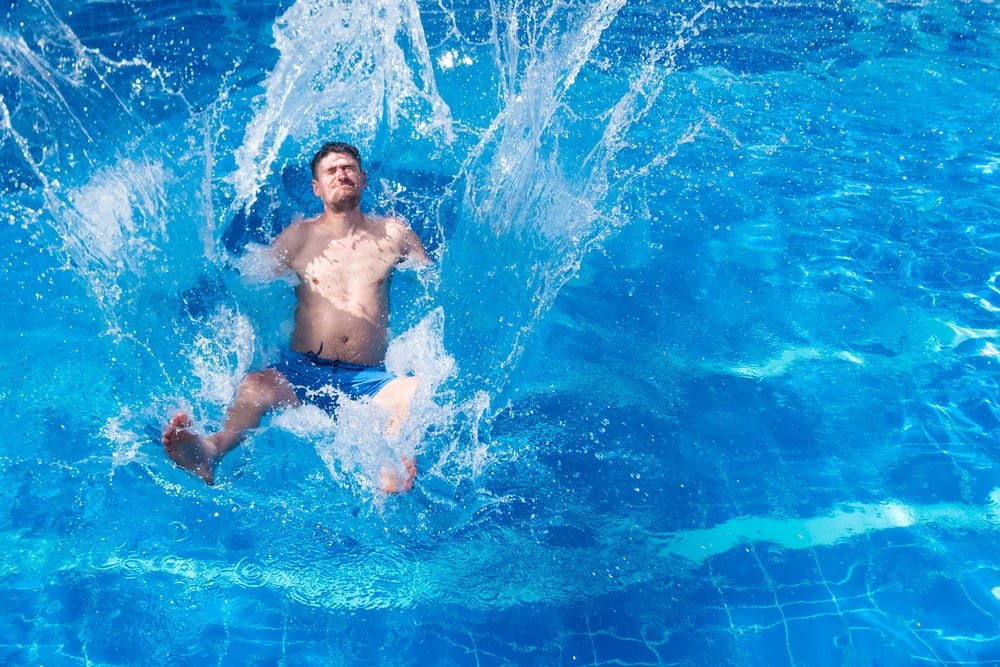
The larger the surface area of the body hitting the water, the more water is forced away in a shorter amount of time, which means a lot more reactionary force on your body.
This is just like a fall on solid ground, where you can minimize the chances of a broken bone by crouching or rolling to increase time and the displacement of impact. The experience of a belly flop is a little closer to hitting a solid surface. Thus, the water feels like concrete, and we end up getting bruised.
Surface Tension
When entering water, you need to break the surface of the water and submerge into it. At this point, we are faced with a pesky little problem called surface tension. Cohesive forces between water molecules are stronger at the surface. This is why it is harder to break the surface of water than to move when completely submerged in it.

In diving competitions, aerators are often used to create bubbles in the pool and break the surface tension to accommodate and protect divers.
The larger the surface area of the body hitting the water, the more resistance the water will offer. In a swan dive, your hands create an entry point for the rest of your body. In a belly flop, the surface tension of a large area must be broken for entry. This can make the water feel almost incompressible for just a moment as you fall into it.
Summing Up
The larger the surface area of the body hitting the water, the more resistance the water offers. With less time to decelerate into the water, you get a bigger impact. Thus, the flatter you make yourself when you jump in, the more solid the water feels and the more painful your dive will be.
So, in the unlikely event that you find yourself falling out of an airplane without a parachute, falling flat out onto the water would make you more likely to get injured—or even lose your life to the fall. For painless dives, make the point of entry as small as you can, so put your feet or hands first…
… that is, unless you’re in a belly flop contest, in which case, feel free to spread your wings and bear the bruises!


